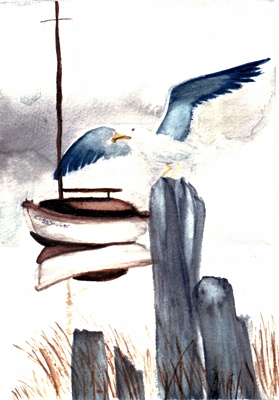All Nonfiction
- Bullying
- Books
- Academic
- Author Interviews
- Celebrity interviews
- College Articles
- College Essays
- Educator of the Year
- Heroes
- Interviews
- Memoir
- Personal Experience
- Sports
- Travel & Culture
All Opinions
- Bullying
- Current Events / Politics
- Discrimination
- Drugs / Alcohol / Smoking
- Entertainment / Celebrities
- Environment
- Love / Relationships
- Movies / Music / TV
- Pop Culture / Trends
- School / College
- Social Issues / Civics
- Spirituality / Religion
- Sports / Hobbies
All Hot Topics
- Bullying
- Community Service
- Environment
- Health
- Letters to the Editor
- Pride & Prejudice
- What Matters
- Back
Summer Guide
- Program Links
- Program Reviews
- Back
College Guide
- College Links
- College Reviews
- College Essays
- College Articles
- Back
Reading Pictures MAG
"Aoccdnig to rschearch at CmabrigdeUinervtisy, it deosn't mettar in waht oredr the ltteers in a wrod are, the olnyiprmoetnt tihng is taht the frist and lsat ltteer be at the rghit pclae. The rsetcan be a total mses and you can sitll raed it wouthit porbelm. Tihs is bcuseaethe huamn mind deos not raed ervey lteter by istlef, but the wrod as a wlohe.Amzanig, huh?" - from an e-mail circulating on the Internet
Often, in conversations about the Chinese language, friends want to knowhow I can read and write Chinese characters. They appear intricate and exotic.Originally, Chinese writing developed from pictures. The images eventually tookon symbolic meaning and over time became increasingly abstract. Even now,however, reading Chinese characters is like looking at pictures.
So whathappens when you look at an image? What do you pay attention to? What do yourecognize? What do you remember? When you look at a painting, you remember thegeneral placement of its features. Once the painting is removed from your sight,you probably are not able to reconstruct it completely from memory. Yet, you areable to draw upon and build images in your head with repeated exposures to thepainting as it becomes more and more familiar. When I read Chinese, what I seeautomatically conjures up sets of meanings and images associated with the variousChinese characters. The characters are like familiarpaintings.
Frequently, graphic designers will take a widely recognizedpainting, such as the Mona Lisa, and alter the colors, the background, the facialexpression, or other structural features, but, nonetheless, the viewer isinstantly able to recognize the painting while realizing that something isdifferent. What happens is perhaps similar to what occurs with a computer'srecognition of a typo. The computer is programmed to match the misspelled wordwith familiar, often-used words stored in its memory. My level of familiaritywith the Chinese language enables me to know if a character is incorrectlywritten. Similar to reading in English, it's often easy to understand the meaningof the writing even with spelling errors, because we are able to make matcheswith words as they would be correctly written.
It would be interesting toask my friends, "How did you learn to read and write the English language?How do you recognize the words as you read?" The same methods probably applyto the learning of other languages. Often, the most intricate and exoticphenomena are those that are most familiar. Amzanig, huh?

Similar Articles
JOIN THE DISCUSSION
This article has 0 comments.
